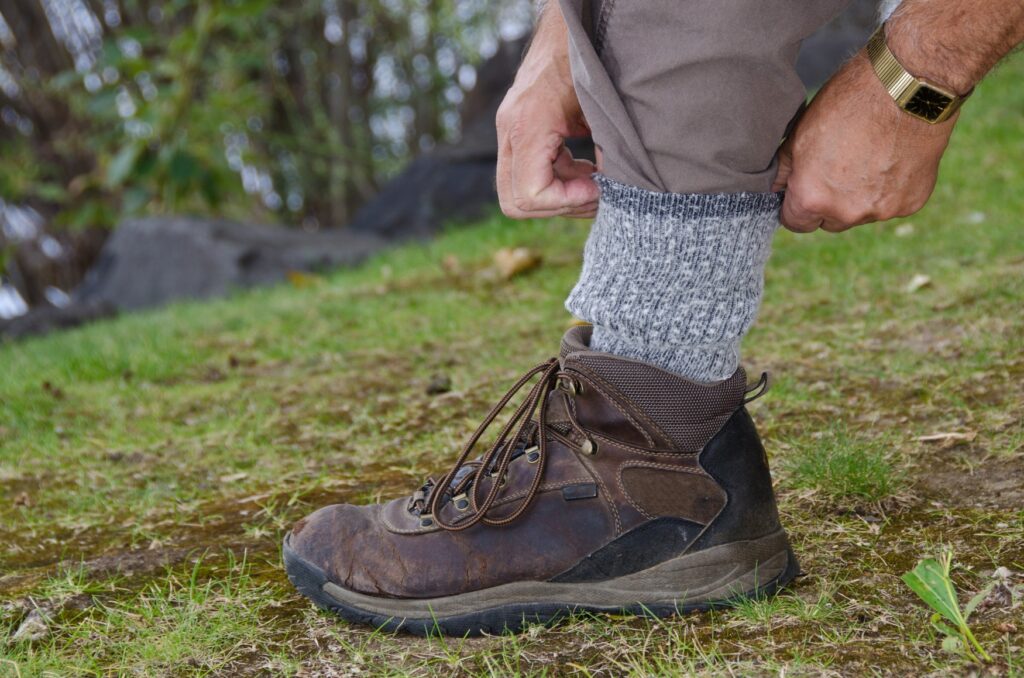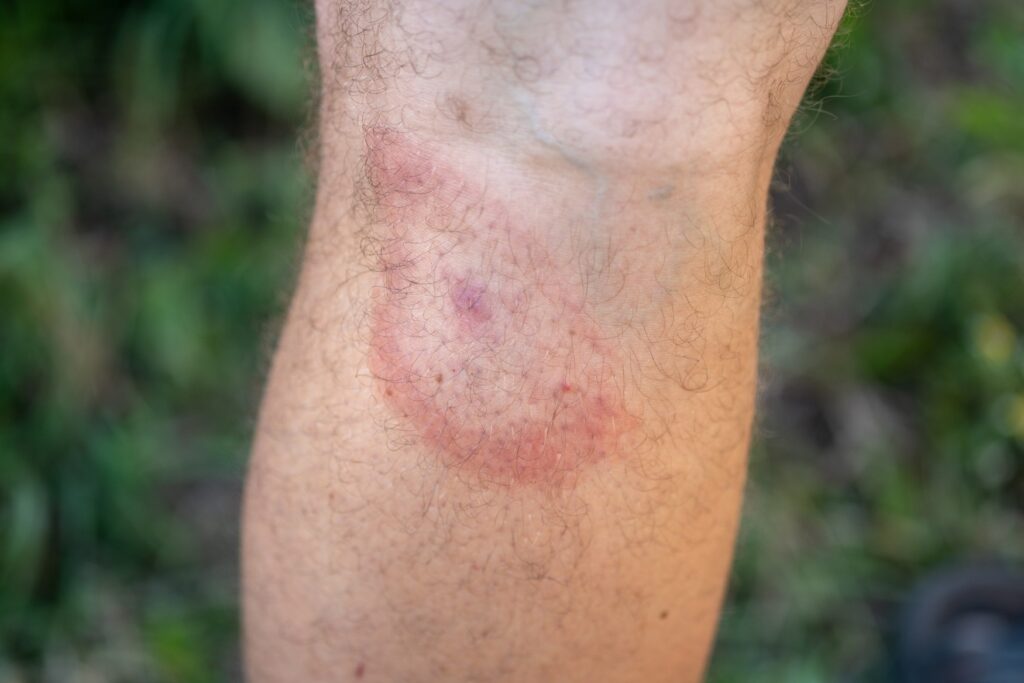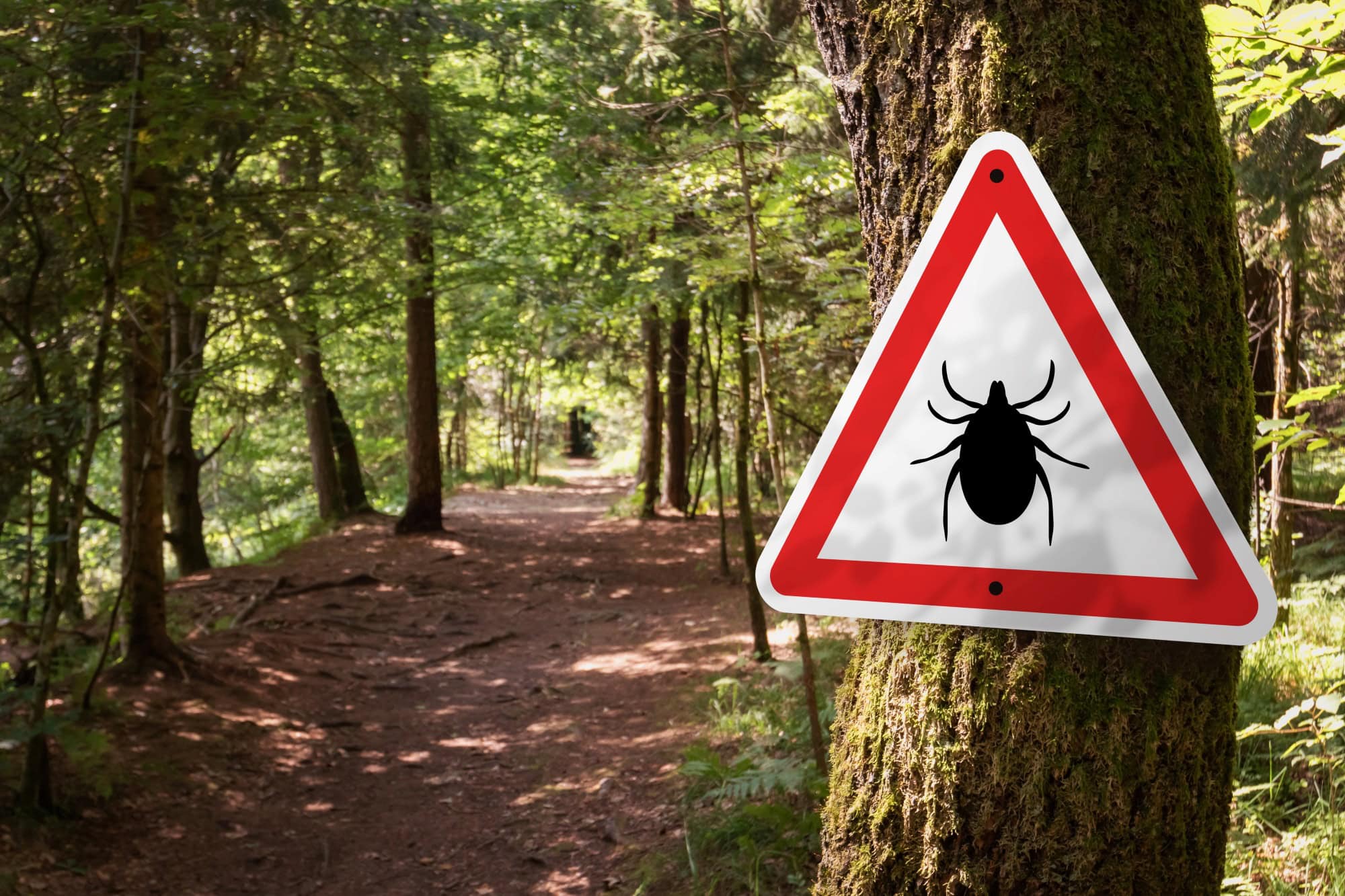They don’t exactly have a large fan base. Ticks are among the unwelcome guests of summer and regularly cause frowns, minor panic attacks, or both. There are numerous myths surrounding these little crawling creatures that are not only annoying but can also be dangerous in the worst case. Time for a little education—and some surprising revelations.
1. Tick bite or tick sting—which is which?
Both terms are used interchangeably in German, but technically it’s a sting. This is because ticks don’t have jaws like dogs or vampires, but a proboscis that they drill into the skin. It doesn’t sound any nicer, but it is anatomically correct. Nevertheless, the term “tick bite” is still commonly used – so there’s no need to panic the next time you hear someone talking about ticks in the beer garden.
| 🏅 Rank | 📍 Area (federal state/county) | ⚠️ Tick risk (TBE risk) |
|---|---|---|
| 1 | Bavaria (especially Upper Bavaria, Lower Bavaria, Swabia, Upper Palatinate) | Very high |
| 2 | Baden-Württemberg (almost everywhere, except for the city district of Heilbronn) | Very high |
| 3 | Saxony (mainly southern and eastern districts) | High |
| 4 | Thuringia (mainly southeast) | High |
| 5 | Hesse (mainly southern part, e.g. Odenwaldkreis, Darmstadt-Dieburg) | High |
2. Ticks fall from trees – be careful in the forest!
A real classic among myths. But ticks don’t drop from above like Tarzan. At most, they climb to knee height and hang in bushes, grass, and undergrowth—sometimes even in city parks or in your own garden. Long clothing protects better than any myth. And after a walk, it’s worth doing a quick body check—especially in your armpits, behind your knees, and behind your ears.

3. You can feel tick bites immediately
Unfortunately not. Ticks have a trick up their sleeve: a numbing secretion that makes the bite unnoticeable. No itching, no burning – at least not at first. Only later do redness, swelling or flu-like symptoms sometimes appear. If you notice any of these signs, don’t trust Dr. Google – seek medical advice instead.
| 🏅 Rank | 📍 Area (federal state/county) | ⚠️ Tick risk (TBE risk) |
|---|---|---|
| 1 | Hamburg | Very low |
| 2 | Schleswig-Holstein | Very low |
| 3 | City of Schweinfurt (Bavaria) | Very low |
4. Put oil on it – then they’ll let go
Sounds logical, but it doesn’t work. Oil, glue, or nail polish are more likely to stress ticks – causing them to secrete more saliva (or worse). It’s better to use tweezers or a tick card to grasp the tick as close to the skin as possible and pull it straight out. There is no need to twist it. After all, threads are only found on screws, not on ticks.

5. Ticks don’t transmit diseases anyway
That would be nice. Ticks are potential carriers of dangerous infections. The best known are Lyme disease and TBE (tick-borne encephalitis). While Lyme disease occurs throughout Germany, TBE is mainly found in the south. Both diseases can have long-term consequences, ranging from joint problems to meningitis. Vaccination protects against TBE, while quick removal of the tick and antibiotics if necessary help against Lyme disease.






